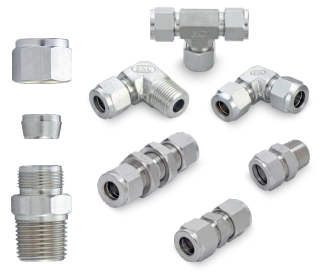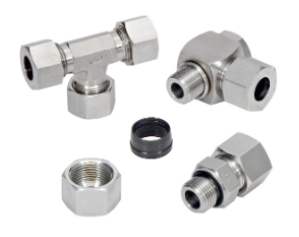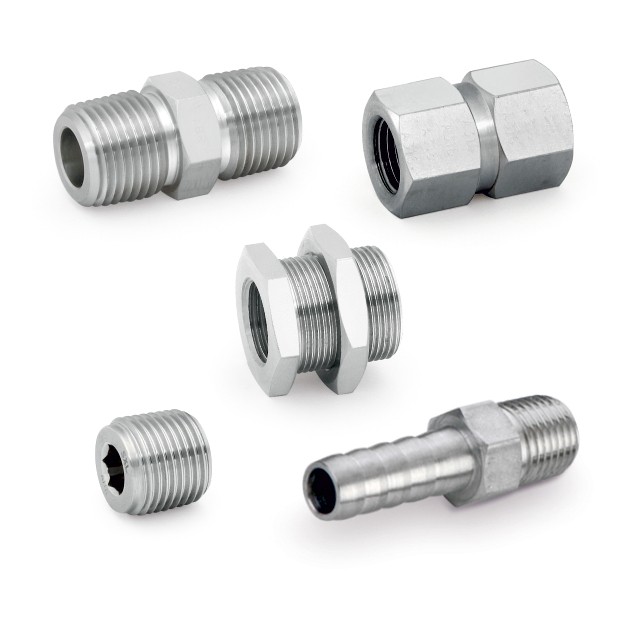Why You Should Prefer to Use Sealexcel Stainless Steel Pipe Fittings
October 31, 2016Five Steps to Soldering a Ball Valve
August 20, 2017Imagine the following two scenarios:
An LNG plant: a leakage in distribution pipe, and the all too important source of energy escapes in the air.
An oil production company: a pipeline leakage, and all the hazardous hydrocarbons flow into the ocean, affecting the marine life.
A leaking pipeline not only results in massive financial losses due to reduced efficiency of a plant and resources being laid to waste; it also poses a behemoth challenge to our ecosystem, especially if the leak is hazardous.
What Causes Piping Systems to Leak?
A number of factors contribute to pipeline leakages. The major ones include:
- Predictable and unpredictable chemistry (at times) of elements may lead to corrosion, which results in pipeline leakages. Moreover, a highly exothermic reaction at times may even cause the pipelines to burst.
- Plant-induced and flow vibrations also cause wear and tear to piping systems, resulting in pipeline leakages.
- Fluctuations in working temperature and pressure also takes its toll on piping systems, leading to shrinkage and expansion which eventually builds-up into a leakage.
Traditionally, where a distributed network of pipelines was not equipped with regulating and leak detection mechanisms; advances made by control valve and pipe fittings manufacturers have eased these leakage concerns.
What is a Control Valve?
Control valves are components that help in the regulation of fluid flow, dependent on the signal received from a controller. These controllers may be electrical, pneumatic or hydraulic in nature.
How Control Valves Help With Pipeline Leakages
- With valves easily controlled through an actuator, immediate actions can be taken in case of a leakage as the actuator can change the position of the modulating element thereby shutting off the fluid flow.
- Control valves can also be linked with a feedback system which enables the actuator to regulate the flow automatically in case of a variable parameter.
Ensuring Control Valves Efficiency
Yes, control valves provide a range of individual and combined solutions to cope with pipeline leakages; owners need to make sure that these control valves are monitored regularly to keep the system intact. As such regular cleaning and maintenance are required to prevent any damages to these control valves. Moreover, the control valves also need to be calibrated periodically to ensure the maximum working efficiency.
With SEALEXCEL, Now You Are Better Equipped!
Being one of the leading valves manufacturers in Mumbai, SEALEXCEL has been facilitating customers all across the globe. From quality control valves to reliable pipe fittings—we have been facilitating different profiled industries. Visit our extensive portfolio now and meet your industrial needs with high quality solutions.




